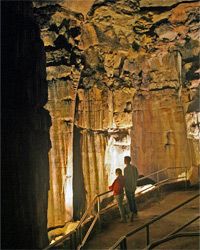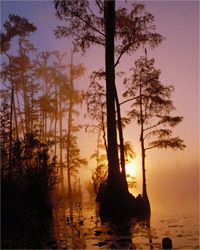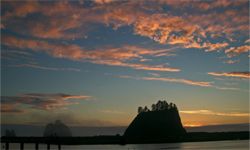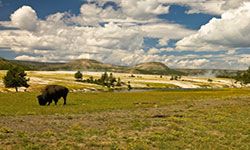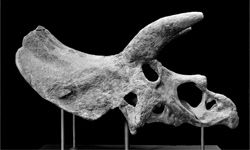For those who believe life is about the journey and not the destination, there's no better way to spend a vacation than going on a road trip. In the United States, the road trip harkens back to the very beginning of the country when Lewis and Clark made their famous trek out to the Pacific Coast. Since then, the United States has developed a reputation for road trips, both real and fictional. Jack Kerouac, for instance, turned his frequent drives across the country into the fiction-autobiography hybrid "On the Road." And who can forget road trip movies like "Thelma & Louise" and "National Lampoon's Vacation"?
While most road trips are a bit tamer than Kerouac's or Clark Griswold's, they're no less memorable for the participants. The first step toward embarking on an epic road trip is to map out an itinerary. But what if you and your fellow travelers aren't interested in hitting up the standard tourist traps and roadside attractions? Where should you head if your idea of a good time involves chemistry kits or model rockets? In that case, you'll want to check out our list of the top 10 science road trip destinations in the United States. Our article takes you on a sweeping tour of the country that starts on the East Coast, loops all the way to the Pacific Ocean and ends in the Midwest. Pick out a few that strike your fancy or better yet, follow our itinerary and see all the sights in one super science trip.
Advertisement
For the first stop, you geology buffs might want to make sure you have an extra set of batteries for your headlamp.

